Home>Furniture & Design>Interior Design Trends>How To Grind Glass
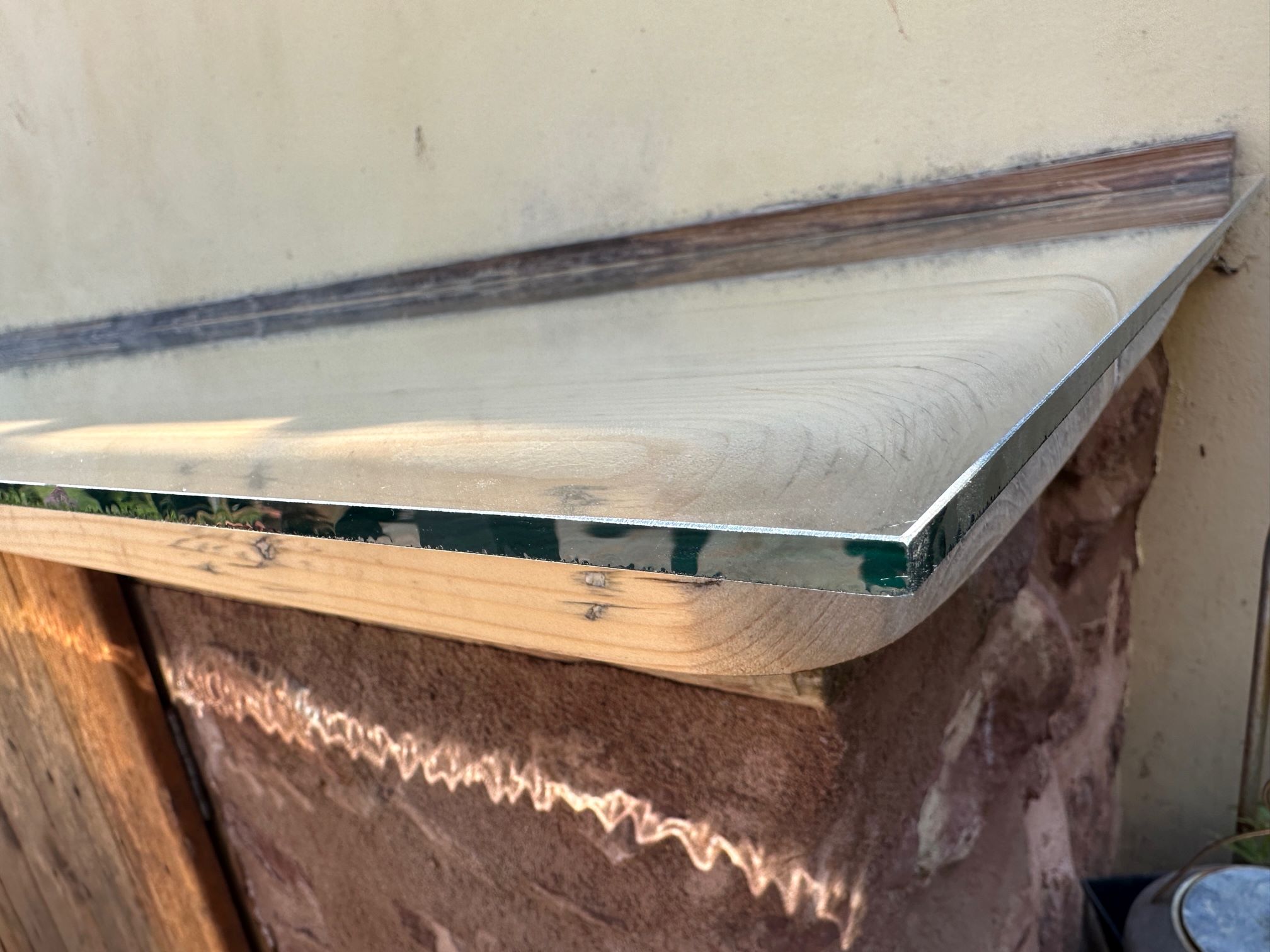

Interior Design Trends
How To Grind Glass
Modified: February 18, 2024
Learn how to grind glass for your interior design projects and stay updated with the latest interior design trends. Find expert tips and techniques for achieving the perfect finish.
(Many of the links in this article redirect to a specific reviewed product. Your purchase of these products through affiliate links helps to generate commission for Storables.com, at no extra cost. Learn more)
Introduction
Grinding glass is a delicate and precise process that requires patience, skill, and the right tools. Whether you are a professional glass artist or a DIY enthusiast, mastering the art of grinding glass can open up a world of creative possibilities. From creating custom glass pieces to restoring antique glassware, the ability to grind glass empowers you to bring your artistic visions to life.
Glass grinding is a centuries-old craft that has evolved alongside advancements in technology and materials. The process involves carefully shaping and smoothing the edges of glass to achieve the desired finish. Whether you are working with stained glass, mirrors, or glassware, the ability to grind glass allows you to refine and customize your creations with precision.
In this comprehensive guide, we will explore the essential safety precautions, tools, and materials needed for grinding glass. Additionally, we will delve into the step-by-step process of grinding glass, providing valuable tips and tricks to help you achieve professional results. By the end of this guide, you will have the knowledge and confidence to embark on your glass grinding journey, unlocking the potential to create stunning glass pieces and elevate your artistic endeavors.
Key Takeaways:
- Mastering the art of grinding glass requires safety precautions, precise tools, and a systematic approach. It unlocks the potential to create stunning glass pieces and elevate artistic endeavors.
- By prioritizing safety, assembling the right tools, and following a step-by-step process, anyone can achieve professional results in grinding glass. Embracing tips and tricks refines craftsmanship and unleashes creativity.
Safety Precautions
When it comes to grinding glass, safety should always be the top priority. The nature of working with glass and the tools involved requires a keen awareness of potential hazards and the implementation of precautionary measures to ensure a safe and secure working environment. By adhering to the following safety precautions, you can minimize the risk of accidents and injuries while grinding glass.
-
Protective Gear: Before embarking on any glass grinding project, it is crucial to equip yourself with the necessary protective gear. Safety goggles or glasses should be worn at all times to shield your eyes from glass particles and debris. Additionally, wearing a dust mask can prevent inhalation of fine glass dust, safeguarding your respiratory system.
-
Appropriate Clothing: Choose clothing that provides adequate coverage and avoids loose, flowing garments that may get caught in the grinding tools. Long sleeves and pants can offer protection against accidental contact with sharp glass edges and abrasive materials.
-
Ventilation: Grinding glass generates fine particles and dust that can pose respiratory hazards. It is essential to work in a well-ventilated area or use a dust extraction system to minimize airborne particles. Proper ventilation also helps maintain a clear line of sight and reduces the risk of inhaling glass dust.
-
Stable Work Surface: Ensure that the work surface is stable and secure to prevent accidental slips or movement while grinding. A non-slip mat or rubberized surface can provide added stability and minimize the risk of the glass shifting during the grinding process.
-
Tool Maintenance: Regularly inspect and maintain grinding tools to ensure they are in optimal working condition. Check for any signs of wear, damage, or loose components that could compromise safety. Properly maintained tools contribute to a safer and more efficient grinding process.
-
Mindful Handling: Exercise caution when handling glass to avoid accidental breakage or cuts. Always grasp the glass firmly and securely, using appropriate gripping tools or gloves to minimize the risk of slippage.
-
First Aid Kit: Keep a well-stocked first aid kit within easy reach of your workspace. In the event of minor cuts or injuries, having immediate access to essential first aid supplies can expedite treatment and minimize the impact of accidents.
By prioritizing safety and implementing these precautions, you can create a secure and controlled environment for grinding glass, allowing you to focus on the precision and artistry of the process without compromising your well-being.
Tools and Materials Needed
Grinding glass to perfection requires a precise selection of tools and materials to ensure a seamless and efficient process. From specialized grinding equipment to essential safety gear, assembling the right arsenal of supplies is crucial for achieving professional results. Here's a comprehensive list of the tools and materials needed to embark on your glass grinding journey:
Tools:
-
Glass Grinder: A high-quality glass grinder is the cornerstone of any glass grinding setup. Choose a grinder with a reliable motor, adjustable settings, and a sturdy platform to facilitate precise grinding and shaping of glass edges.
-
Diamond Grinding Bit: Essential for grinding glass, a diamond grinding bit features a durable diamond-coated head that provides exceptional precision and longevity. Select a variety of grit sizes to accommodate different levels of grinding and finishing.
-
Grinding Pads: Utilize grinding pads with varying grit levels to refine and smooth the glass surface. These pads are instrumental in achieving a polished and flawless finish on the ground glass edges.
-
Glass Cutter: A glass cutter is indispensable for scoring and cutting glass sheets to the desired dimensions before grinding. Look for a high-quality cutter with a sharp cutting wheel for clean and accurate glass cutting.
-
Safety Gear: Prioritize safety by equipping yourself with protective gear, including safety goggles or glasses to shield your eyes from glass particles, a dust mask to prevent inhalation of fine glass dust, and gloves to protect your hands from sharp edges.
-
Water Cooling System: To prevent overheating and ensure smooth grinding, a water cooling system is essential. This system helps lubricate the grinding surface, minimizes glass dust, and prolongs the life of grinding bits.
Materials:
-
Glass Sheets: Select high-quality glass sheets in the desired thickness and transparency for your projects. Whether working with stained glass, mirrors, or clear glass, choosing the right glass sheets is fundamental to the grinding process.
-
Coolant: Utilize a specialized glass grinder coolant to maintain the optimal grinding temperature and lubrication. This coolant enhances the efficiency of the grinding process and prolongs the life of grinding bits.
-
Marking Pen: A marking pen designed for glass surfaces is invaluable for outlining precise cutting lines and marking specific areas for grinding. Choose a pen that provides clear and visible markings on glass.
-
Cleaning Supplies: Keep glass cleaning supplies on hand to remove debris, dust, and residue from the ground glass surfaces. Microfiber cloths, glass cleaner, and rubbing alcohol are essential for achieving a pristine finish.
By assembling these essential tools and materials, you can establish a well-equipped workspace for grinding glass, setting the stage for precise, professional, and visually stunning glass creations.
Read more: How To Grind Cumin Seeds
Steps to Grind Glass
Grinding glass is a meticulous process that demands precision, patience, and attention to detail. By following a systematic approach, you can achieve smooth, polished edges and refined surfaces on your glass creations. Here are the essential steps to grind glass with finesse:
-
Prepare the Workspace: Begin by setting up a clean and organized workspace conducive to glass grinding. Ensure that the work surface is stable and well-ventilated, and gather all the necessary tools and materials within easy reach.
-
Marking and Cutting: If working with glass sheets, use a glass cutter to score and cut the glass to the desired dimensions. Carefully mark the cutting lines using a specialized marking pen designed for glass surfaces, ensuring precise and accurate markings for the grinding process.
-
Equip the Grinder: Install a diamond grinding bit of the appropriate grit size onto the glass grinder. Adjust the settings of the grinder to achieve the desired speed and grinding pressure, taking into account the type and thickness of the glass being ground.
-
Grinding Process: With the glass securely held in place, initiate the grinding process by carefully guiding the glass edges against the grinding bit. Maintain a steady and controlled movement, applying even pressure to ensure uniform grinding and shaping of the glass edges.
-
Cooling and Lubrication: Implement a water cooling system to lubricate the grinding surface and prevent overheating. The continuous flow of water aids in minimizing glass dust, maintaining the optimal grinding temperature, and extending the life of the grinding bit.
-
Refinement and Polishing: After the initial grinding, switch to finer grit grinding pads to refine and polish the ground glass edges. Gradually progress through the grit levels to achieve a smooth and flawless finish, paying close attention to detail and consistency.
-
Cleaning and Inspection: Once the grinding process is complete, thoroughly clean the ground glass surfaces to remove any debris, dust, or residue. Utilize glass cleaning supplies such as microfiber cloths and glass cleaner to achieve a pristine and transparent finish. Inspect the glass edges for uniformity and smoothness, making any necessary adjustments to achieve the desired outcome.
By meticulously following these steps, you can master the art of grinding glass, unlocking the potential to create exquisite glass pieces with refined edges and impeccable craftsmanship. Each step contributes to the overall precision and quality of the grinding process, culminating in professional results that showcase your dedication to the art of glass grinding.
When grinding glass, use a diamond wheel or bit to ensure a smooth and precise finish. Keep the glass and the wheel cool with water to prevent cracking.
Tips and Tricks
Grinding glass is a delicate art that requires a combination of skill, technique, and attention to detail. To elevate your glass grinding endeavors and achieve exceptional results, consider implementing the following tips and tricks:
-
Mindful Pressure Application: When grinding glass, it's essential to apply consistent and controlled pressure. Avoid exerting excessive force, as this can lead to uneven grinding and potential damage to the glass. Instead, maintain a steady hand and apply gentle, even pressure to achieve uniform results.
-
Frequent Cooling and Lubrication: Continuous cooling and lubrication are vital during the grinding process to prevent overheating and ensure smooth, precise grinding. Regularly monitor the water cooling system to maintain an optimal grinding temperature and minimize the generation of glass dust, contributing to a more efficient and effective grinding experience.
-
Progressive Grit Utilization: Gradually transitioning from coarser to finer grit grinding pads allows for a systematic refinement of the glass edges. This progressive approach ensures a seamless transition from grinding to polishing, resulting in impeccably smooth and polished glass surfaces.
-
Precision Marking and Cutting: Prior to grinding, meticulous marking and cutting of the glass are crucial for achieving precise dimensions and clean edges. Take the time to accurately mark the cutting lines and utilize a high-quality glass cutter to score the glass, setting the stage for a seamless grinding process.
-
Inspect and Adjust: Regularly inspect the ground glass edges during the grinding process to assess uniformity and smoothness. If inconsistencies are detected, make necessary adjustments to the grinding pressure and technique to achieve the desired finish. Attention to detail and proactive adjustments contribute to the overall quality of the ground glass.
-
Optimal Tool Maintenance: Ensure that your glass grinder, diamond grinding bits, and grinding pads are well-maintained and in optimal condition. Regularly clean and inspect the tools to remove debris and maintain their effectiveness. Properly maintained tools contribute to a more precise and efficient grinding process.
-
Experiment with Techniques: Embrace experimentation and exploration when grinding glass. Different techniques and angles can yield unique results, allowing you to discover innovative approaches to shaping and refining glass edges. Don't be afraid to explore various grinding methods to uncover new possibilities in your glass creations.
By incorporating these tips and tricks into your glass grinding process, you can elevate the quality of your work and refine your craftsmanship. Each tip contributes to a more refined and precise grinding experience, empowering you to unleash your creativity and achieve exceptional results in your glass grinding endeavors.
Conclusion
In conclusion, mastering the art of grinding glass opens up a world of creative possibilities, allowing individuals to craft exquisite glass pieces with precision and finesse. By prioritizing safety precautions, assembling the essential tools and materials, and following a systematic approach to the grinding process, artisans and enthusiasts can achieve professional results while honing their skills in glass craftsmanship.
The journey of grinding glass begins with a steadfast commitment to safety. Equipping oneself with protective gear, maintaining a stable work surface, and implementing proper ventilation are paramount to creating a secure and controlled environment for glass grinding. By adhering to these safety precautions, individuals can embark on their glass grinding endeavors with confidence and peace of mind.
Furthermore, the selection of tools and materials plays a pivotal role in the success of any glass grinding project. From high-quality glass grinders and diamond grinding bits to specialized coolant and marking pens, each component contributes to the efficiency and precision of the grinding process. By assembling a well-equipped workspace, artisans can set the stage for meticulous and professional glass grinding.
The step-by-step process of grinding glass embodies a harmonious blend of technique, patience, and attention to detail. From preparing the workspace and marking the glass to refining and polishing the ground edges, each step contributes to the overall precision and quality of the finished glass pieces. By following a systematic approach, individuals can achieve smooth, polished edges and refined surfaces, showcasing their dedication to the art of glass grinding.
Moreover, the incorporation of valuable tips and tricks elevates the glass grinding experience, empowering artisans to refine their craftsmanship and achieve exceptional results. Mindful pressure application, progressive grit utilization, and precision marking and cutting are just a few examples of the techniques that contribute to the refinement and finesse of the grinding process.
In essence, the art of grinding glass is a testament to the marriage of artistry and precision. By embracing safety, equipping oneself with the right tools, and following a systematic approach, individuals can embark on a journey of creativity and craftsmanship, unlocking the potential to create stunning glass pieces and elevate their artistic endeavors. Whether pursuing glass grinding as a professional craft or a rewarding hobby, the art of grinding glass invites individuals to explore the boundless possibilities of working with this timeless and captivating medium.
Frequently Asked Questions about How To Grind Glass
Was this page helpful?
At Storables.com, we guarantee accurate and reliable information. Our content, validated by Expert Board Contributors, is crafted following stringent Editorial Policies. We're committed to providing you with well-researched, expert-backed insights for all your informational needs.
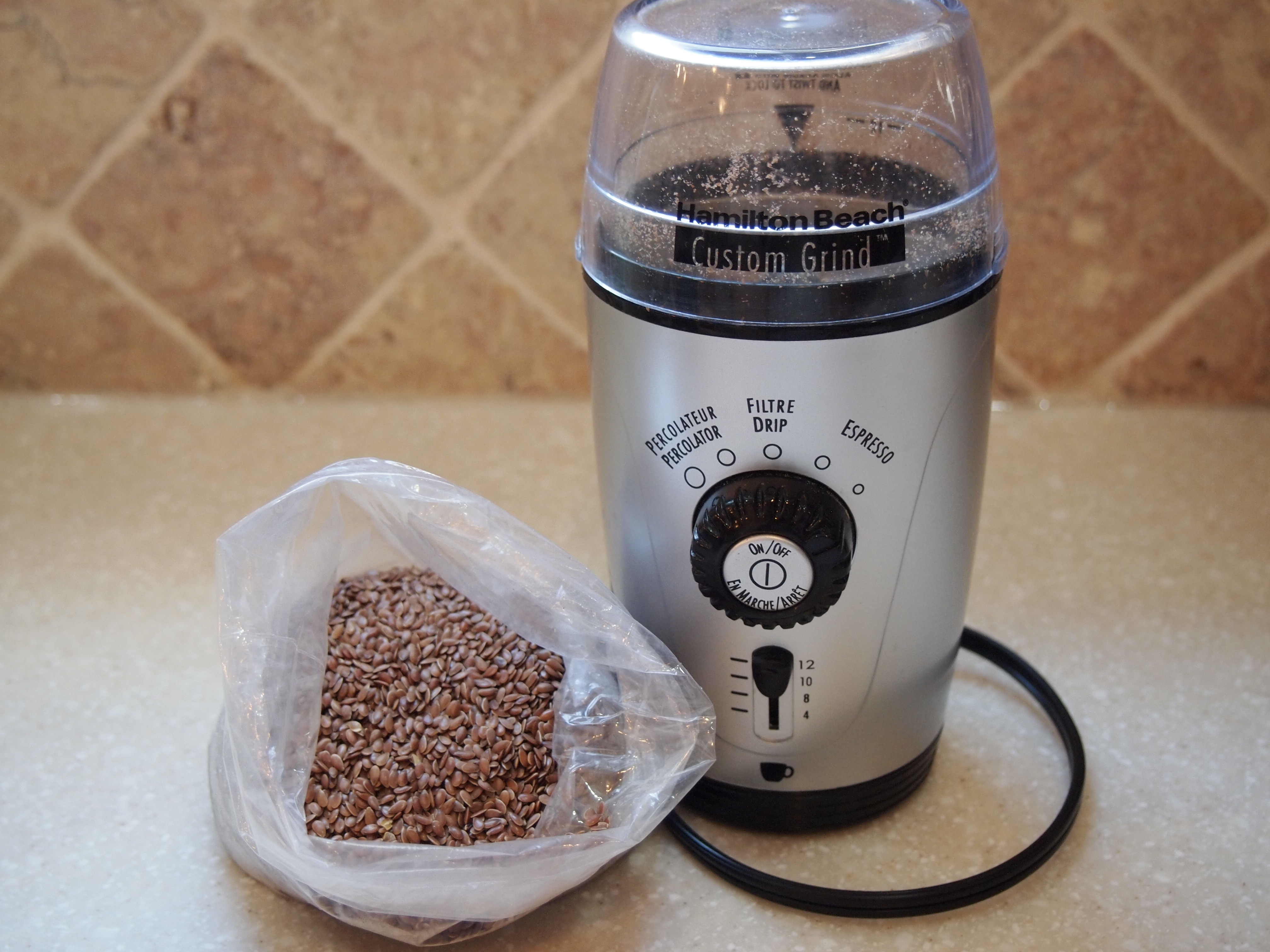
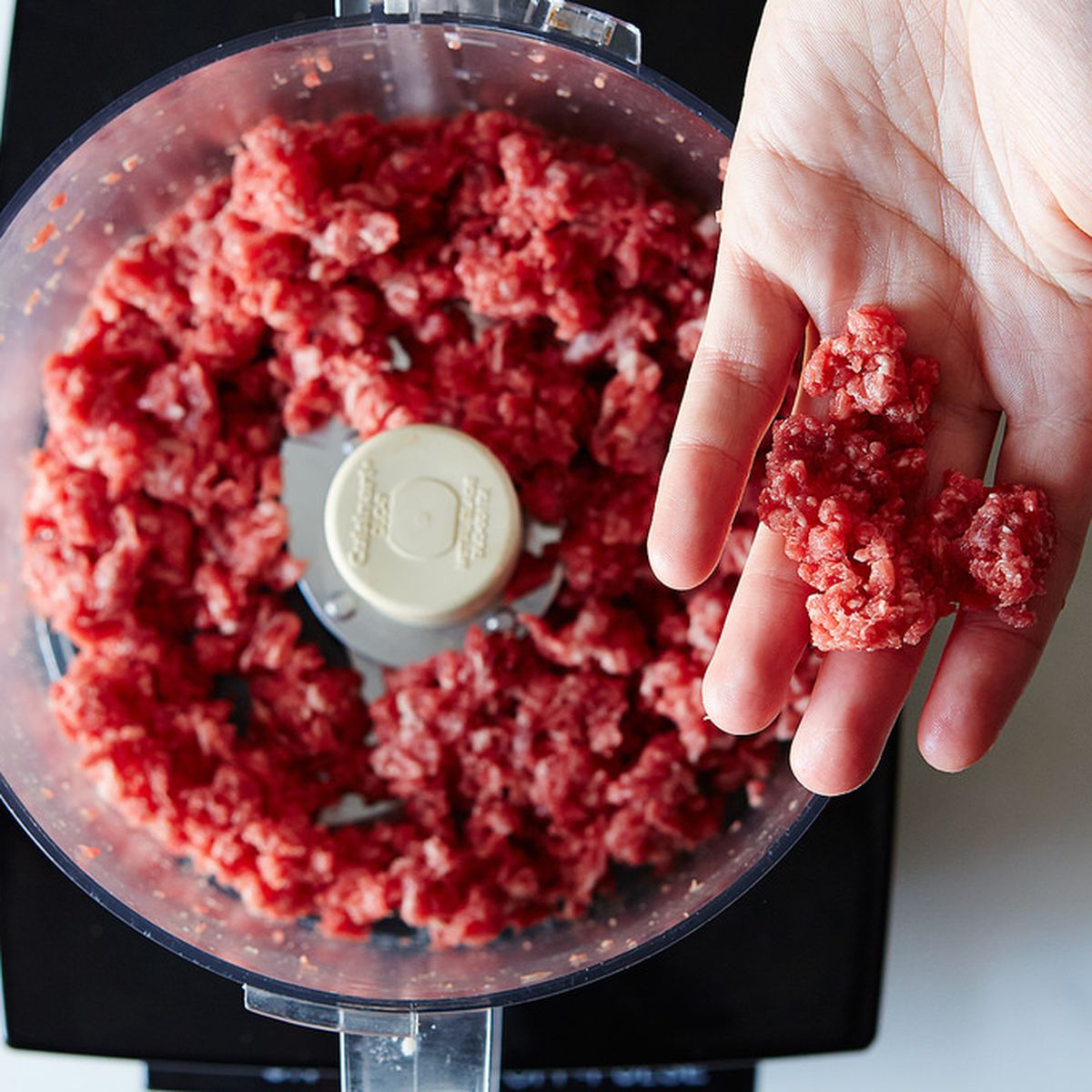
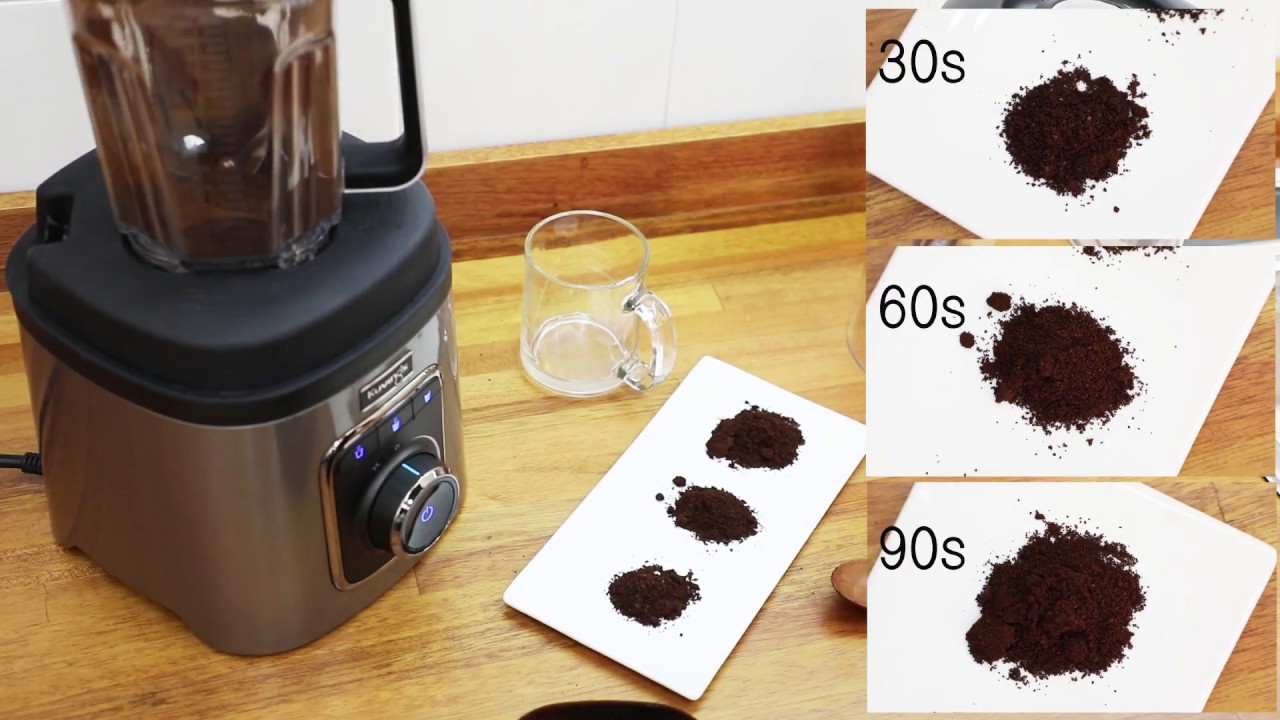
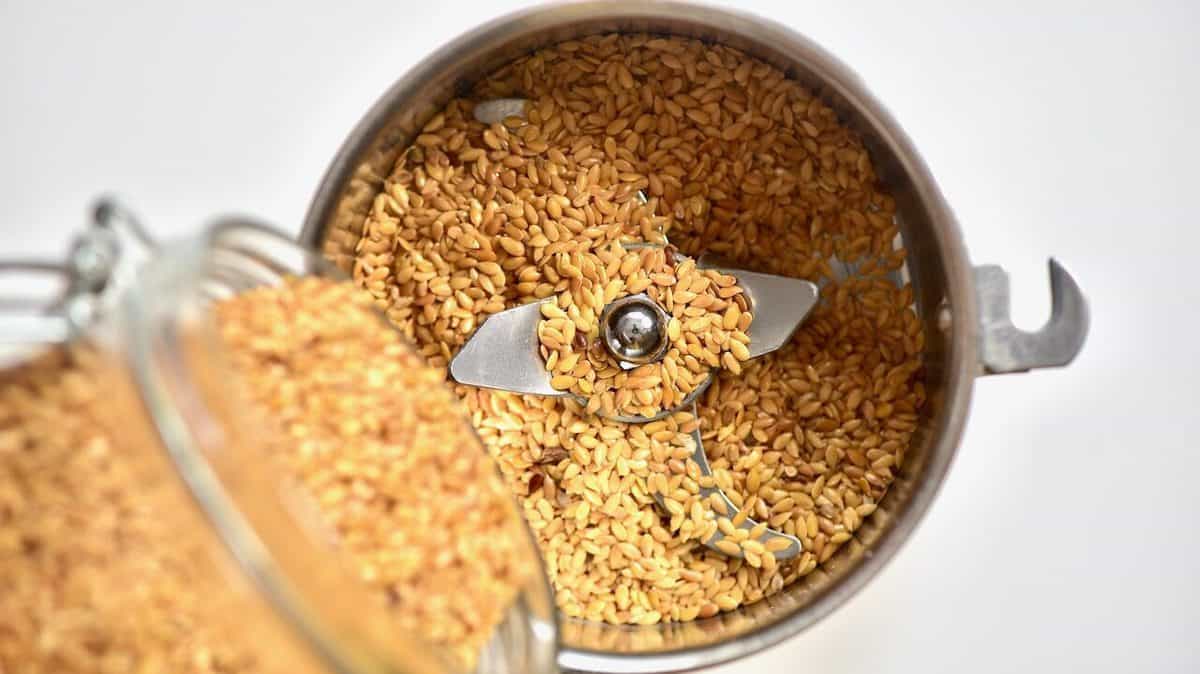
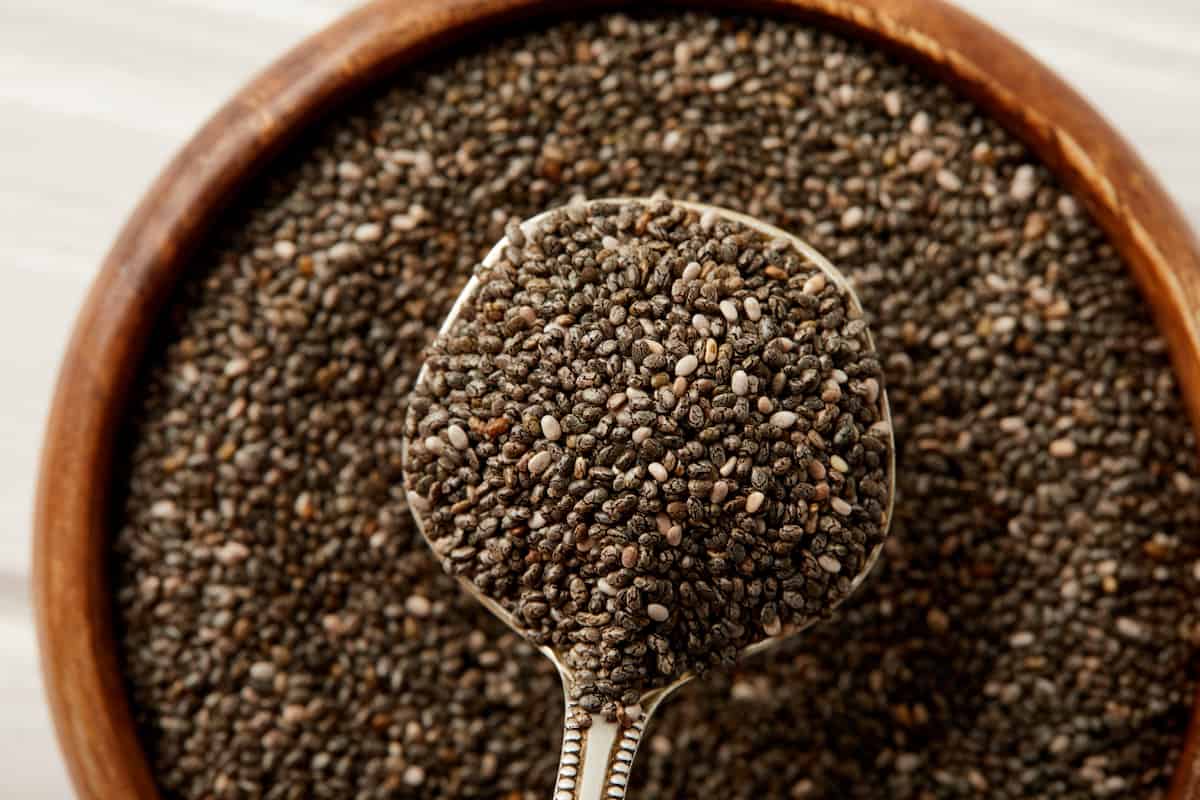
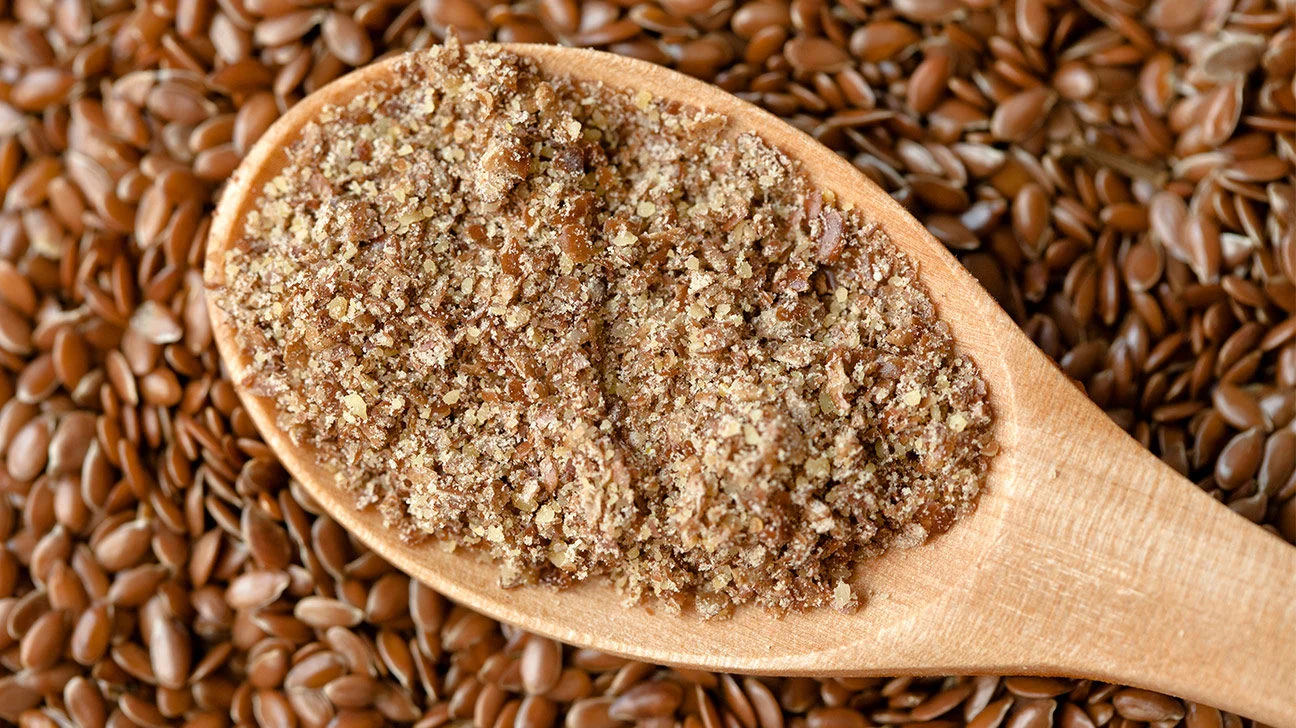
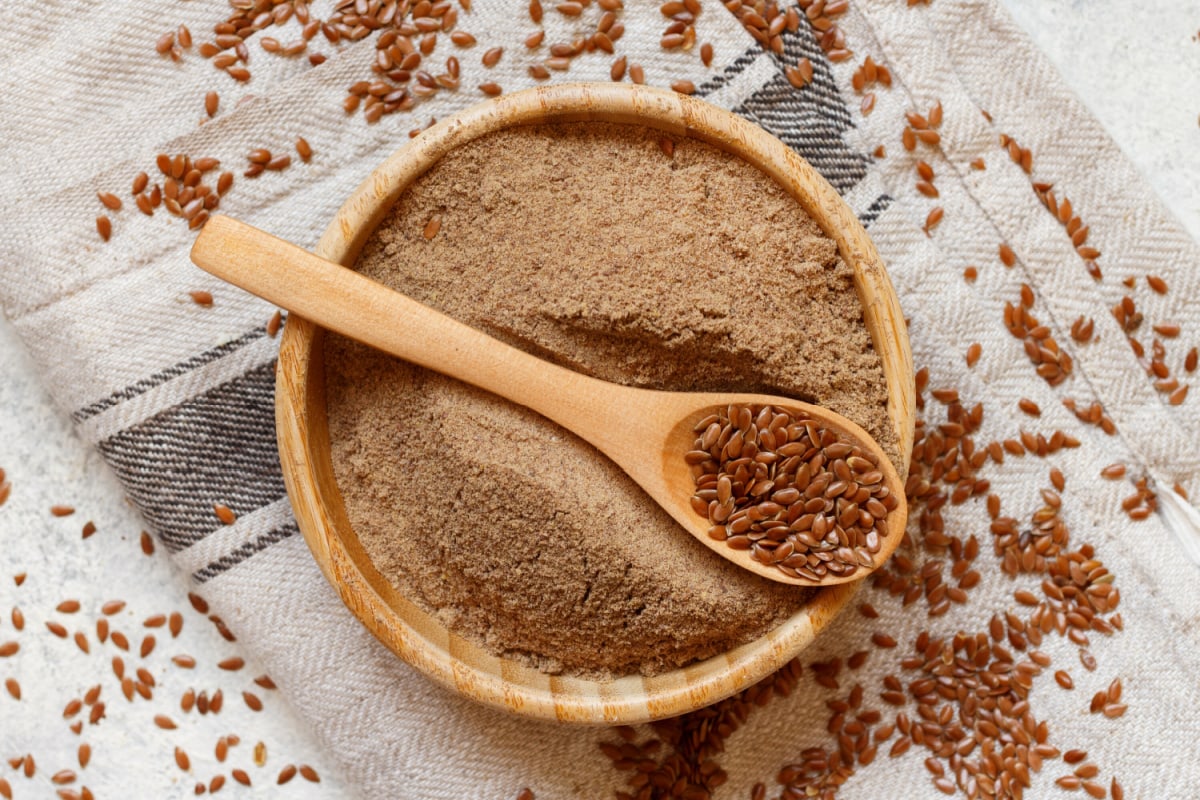

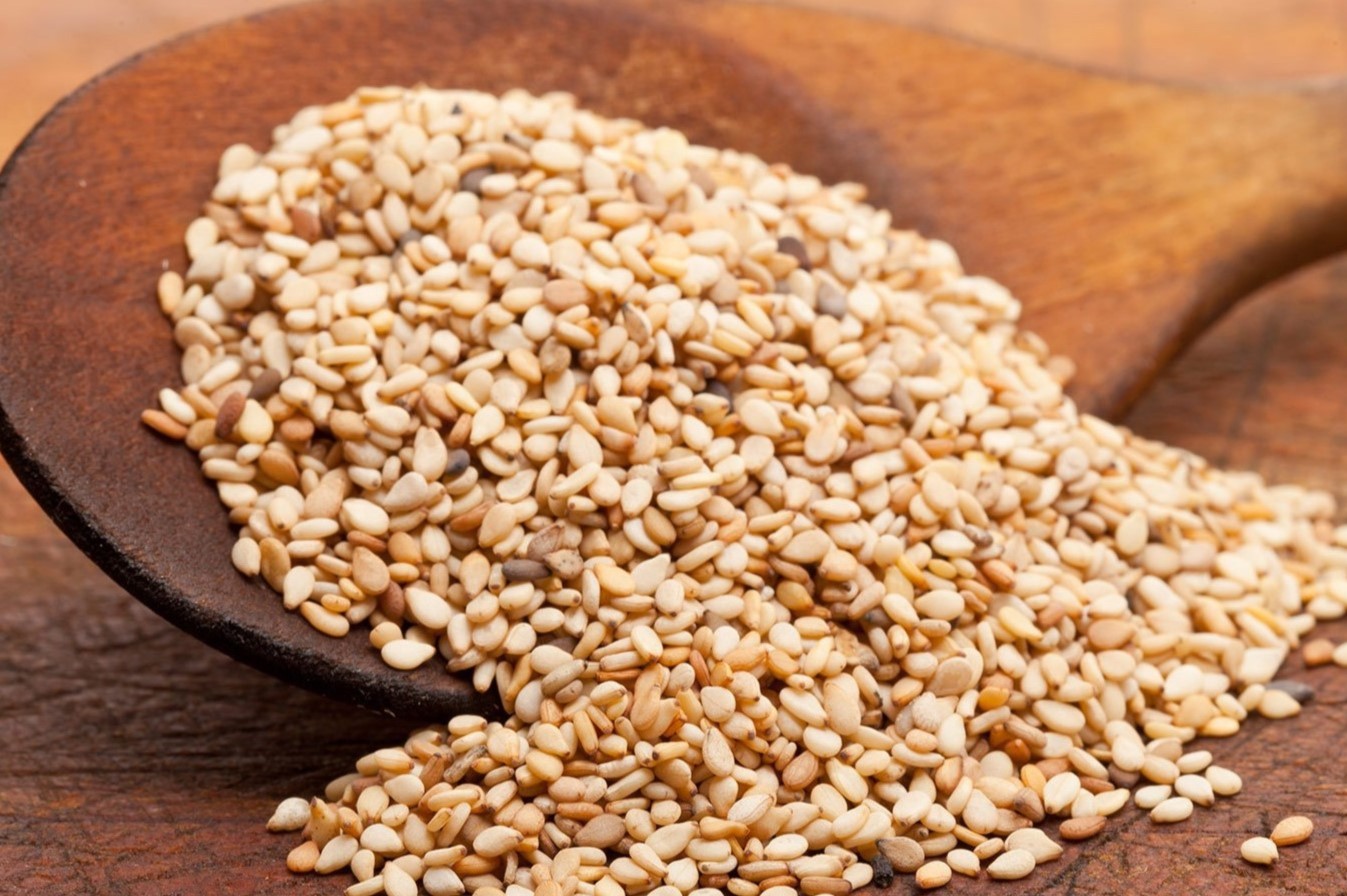
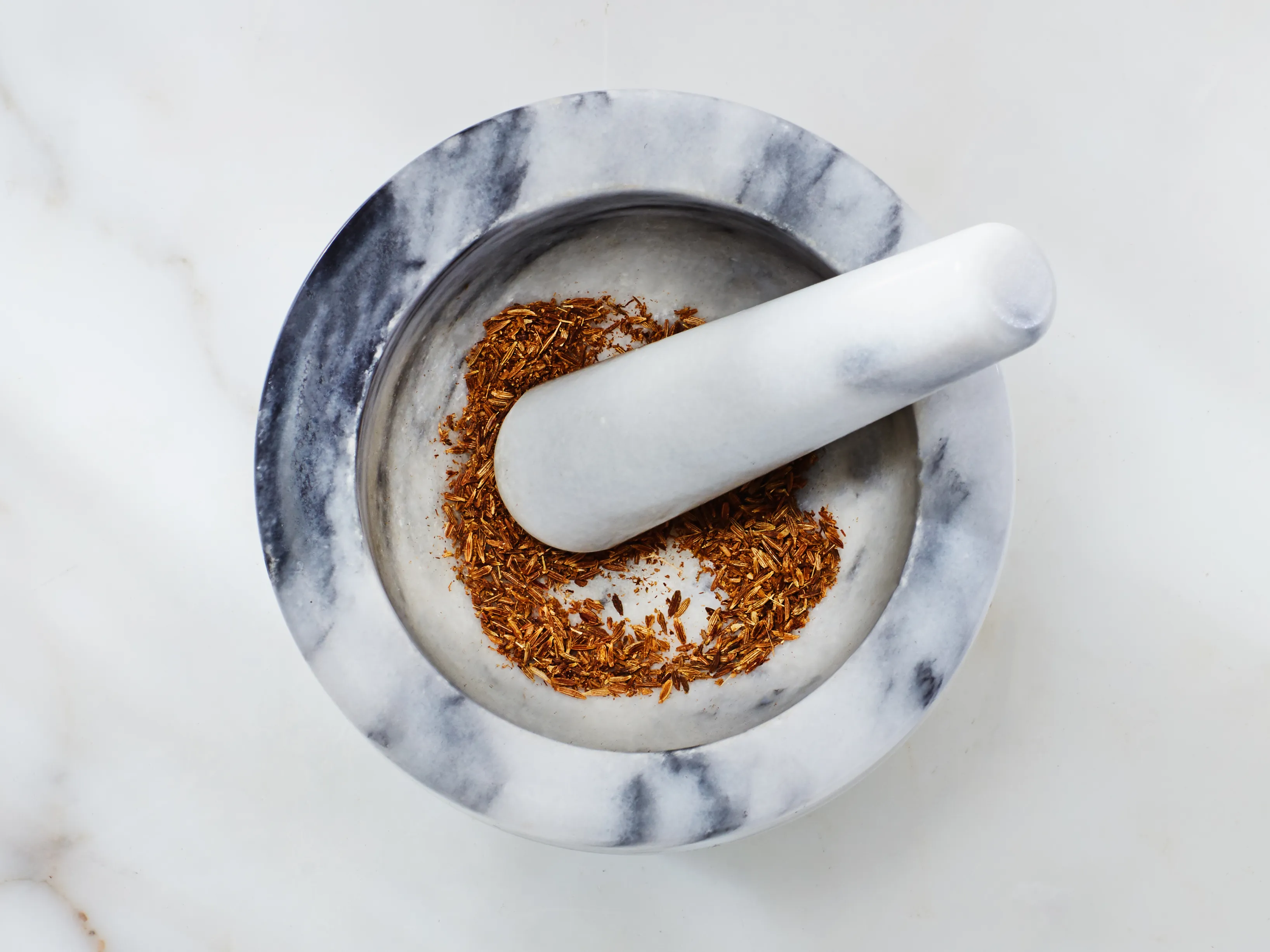

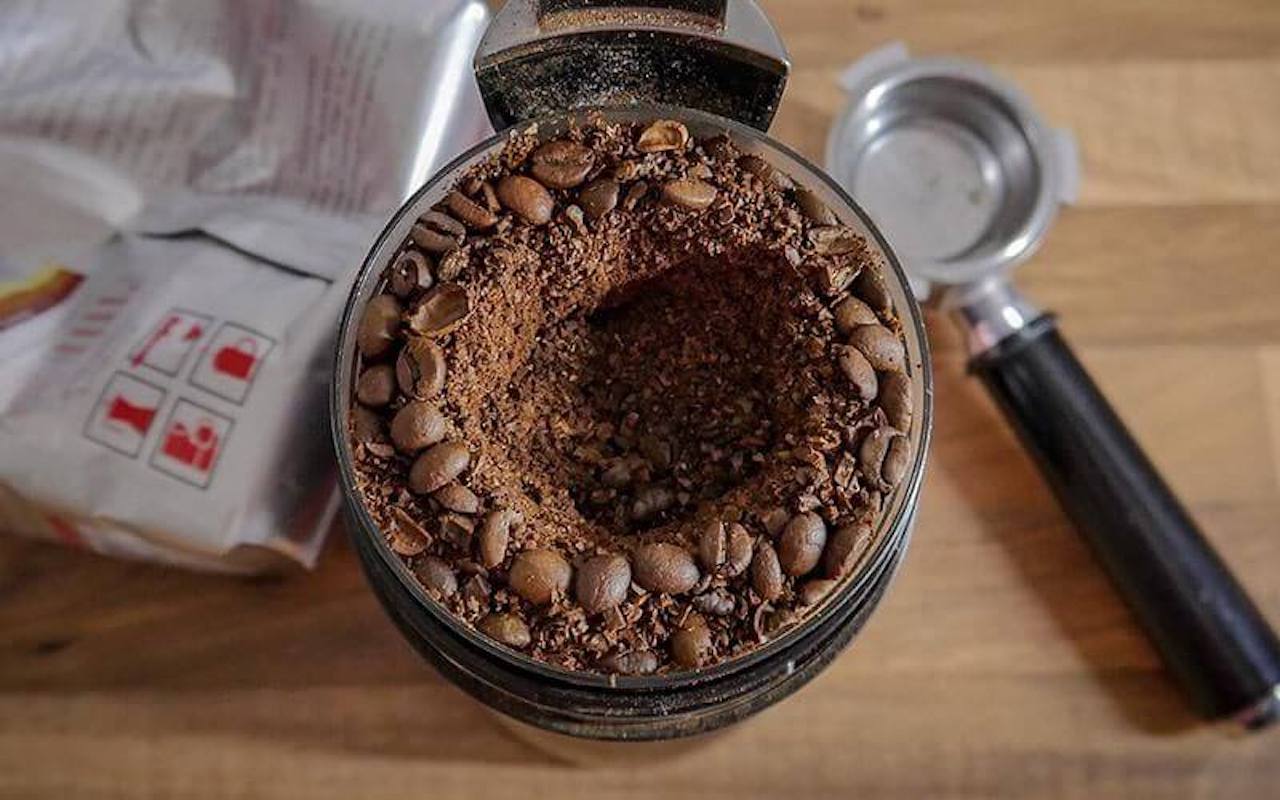
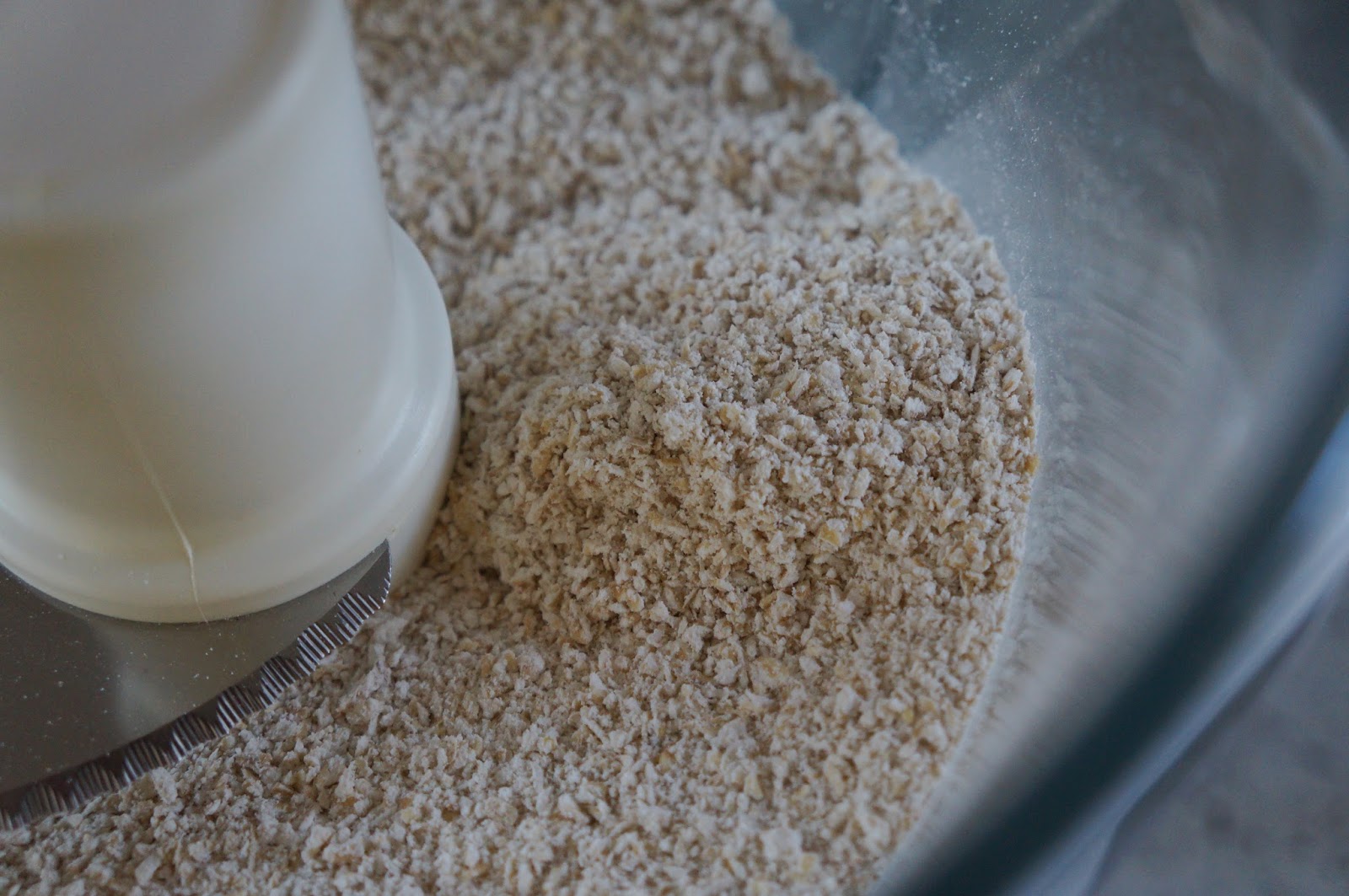
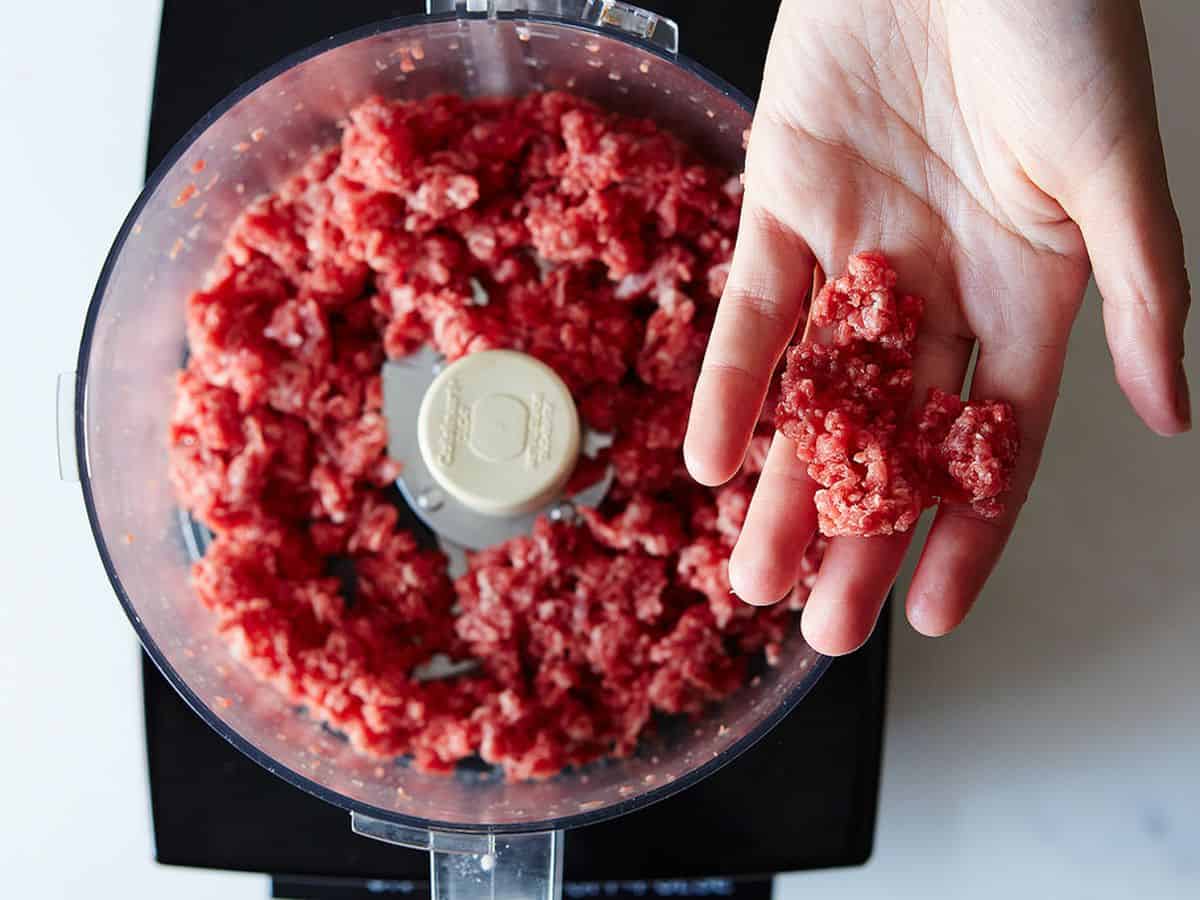

0 thoughts on “How To Grind Glass”